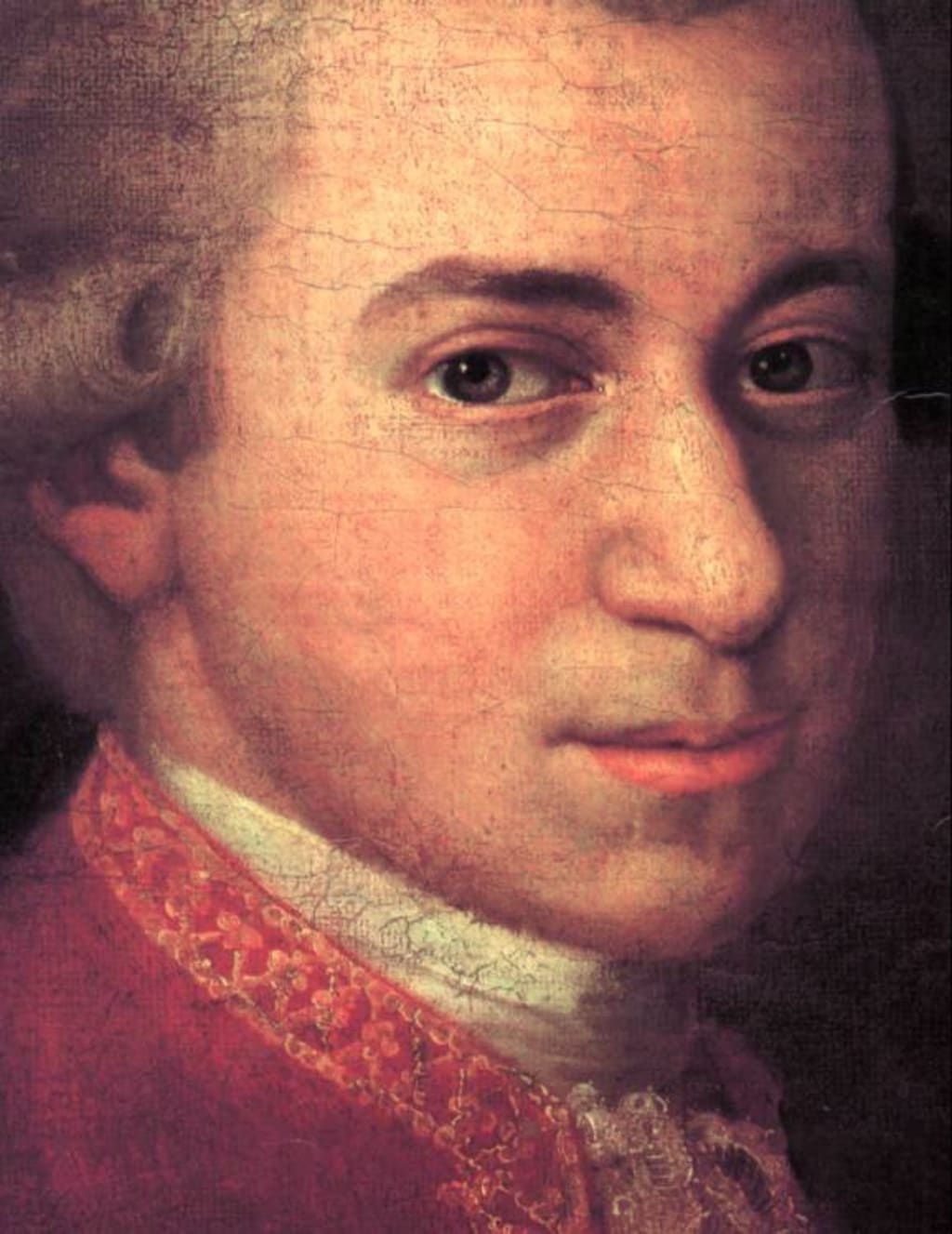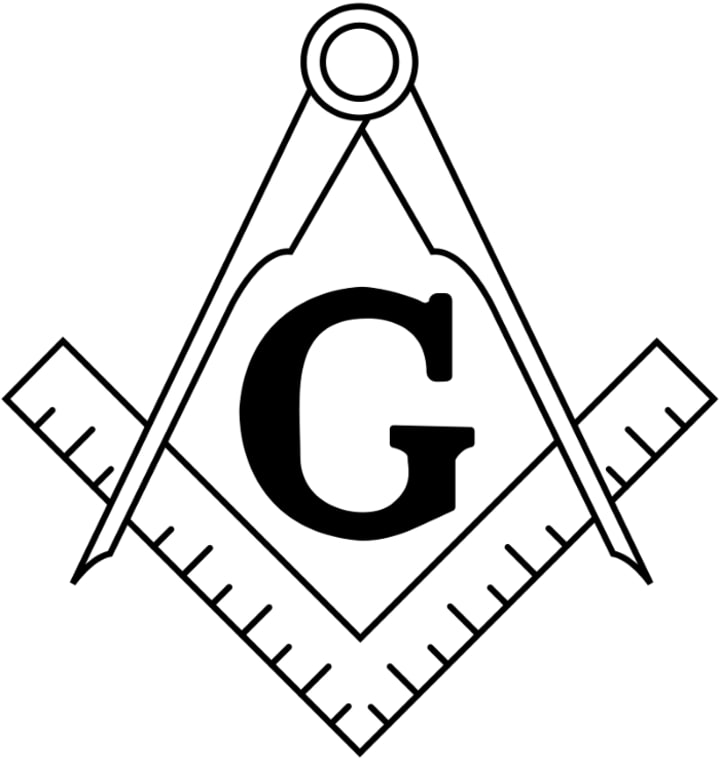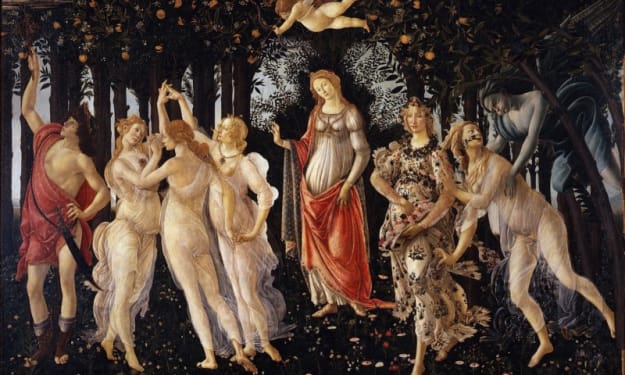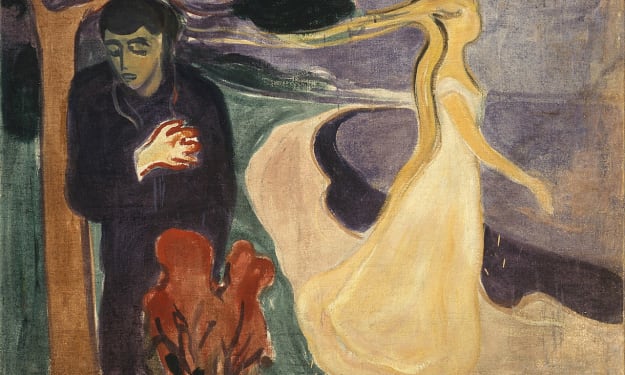The Hidden Symbolism Behind Mozart's 'The Magic Flute'
The masonic opera

Wolfgang Amadeus Mozart - the prolific composer of the Classical period was a Freemason. Just after his 29th birthday, he joined the Masonic lodge called Beneficence in Vienna and rose from the ranks of Apprentice to be a Journeyman in the following year and shortly became a Master Mason. For the last seven years of his life, the Masonic order played an important role.
Mozart's The Magic Flute was his final masterpiece that might appear to be a childish fairytale but encapsulates profound symbolism. It is now regarded as one of the most influential operas in history.
This article would delve into the 18th-century Masonic movement and the hidden symbolism behind Mozart's The Magic Flute.
The 18th-century Masonic movement
Benjamin Franklin, George Washington, Mark Twain, and Mozart are some of the luminaries entitled "Master Masons" in the 18th century. Freemasonry is a fraternal organization established around the middle ages and is famous for its secret rites and rituals. The only people familiar with the ceremonies are Masons - and they're all sworn to secrecy. Mozart laid a rationalist and Enlightenment-inspired membership in the Masonic movement as compared to those members who were driven towards mysticism and occultism.

Geometry is the central symbol of Freemasonry and since geometry measures the harmony of the universe, the overarching theme of Freemasonry is harmony.
The hidden symbolism behind Mozart's The Magic Flute

The opera starts with a fable - a boy named Prince Tamino who runs through a dark wood and is abducted by a dragon. As soon as the dragon approaches the Prince, the three mysterious ladies appear and kill the dragon.
And begins Wolfgang Amadeus Mozart's "The Magic Flute."
The work is in the form of singspiel, a type of folk opera with music and dialogue premiered in Vienna in 1791.
The encounter of Prince Tamino with the dragon is only the start of his journey. The Queen of the Night summons the Prince and persuades him to rescue her daughter Pamina from captivity under the high priest, Sarastro. The Queen gives the titular magic flute to Tamino and eventually, he finds Pamina at the Sarastro temple. But during this event, the Prince realized that it is the Queen who wants to plunge the world into darkness and a new quest begins for Tamino and Pamina.
Both of them together undergo severe trials of initiation that ultimately turn out to be in their favor, with the Queen and her cohorts vanquished.
This fable might sound like a conspiracy theory but over time it has been the subject of scholarly interest. Many elements in the play are influenced by Mozart's involvement in Freemasonry.
It is believed the Queen of the Night symbolizes Maria Theresa, the Empress of the Holy Roman Empire who vehemently opposed Freemasonry and banned it in Austria.
One of the symbols particularly prominent in The Magic Flute is three. Three is an important symbol to the Freemasons that represents balance and order.
Three ladies, three trials, three spirits, three doors, and much of the music is composed in E-flat major that has three flats in its key signature.
Last thoughts
The Magic Flute is an allegorical tale aligned with the free thinkers of enlightenment.
And why a magic flute? A common Masonic theme is that music has the power to transcend human fear and hatred. So, the moral of the story is that through the Masonic Order and guided by the beauty of music, society is enlightened - men and women equally.
The Magic Flute is not only Mozart's great piece of music but also has remained synonymous with Masonic symbolism to this very day.
References-
1. The secrets of Mozart's "Magic Flute" - Joshua Borths
2. Major Themes in The Magic Flute
About the Creator
Kamna Kirti
Art enthusiast. I engage with art at a deep level. I also share insights about entrepreneurship, founders & nascent technologies.
https://linktr.ee/kamnakirti
Enjoyed the story? Support the Creator.
Subscribe for free to receive all their stories in your feed. You could also pledge your support or give them a one-off tip, letting them know you appreciate their work.






Comments
There are no comments for this story
Be the first to respond and start the conversation.